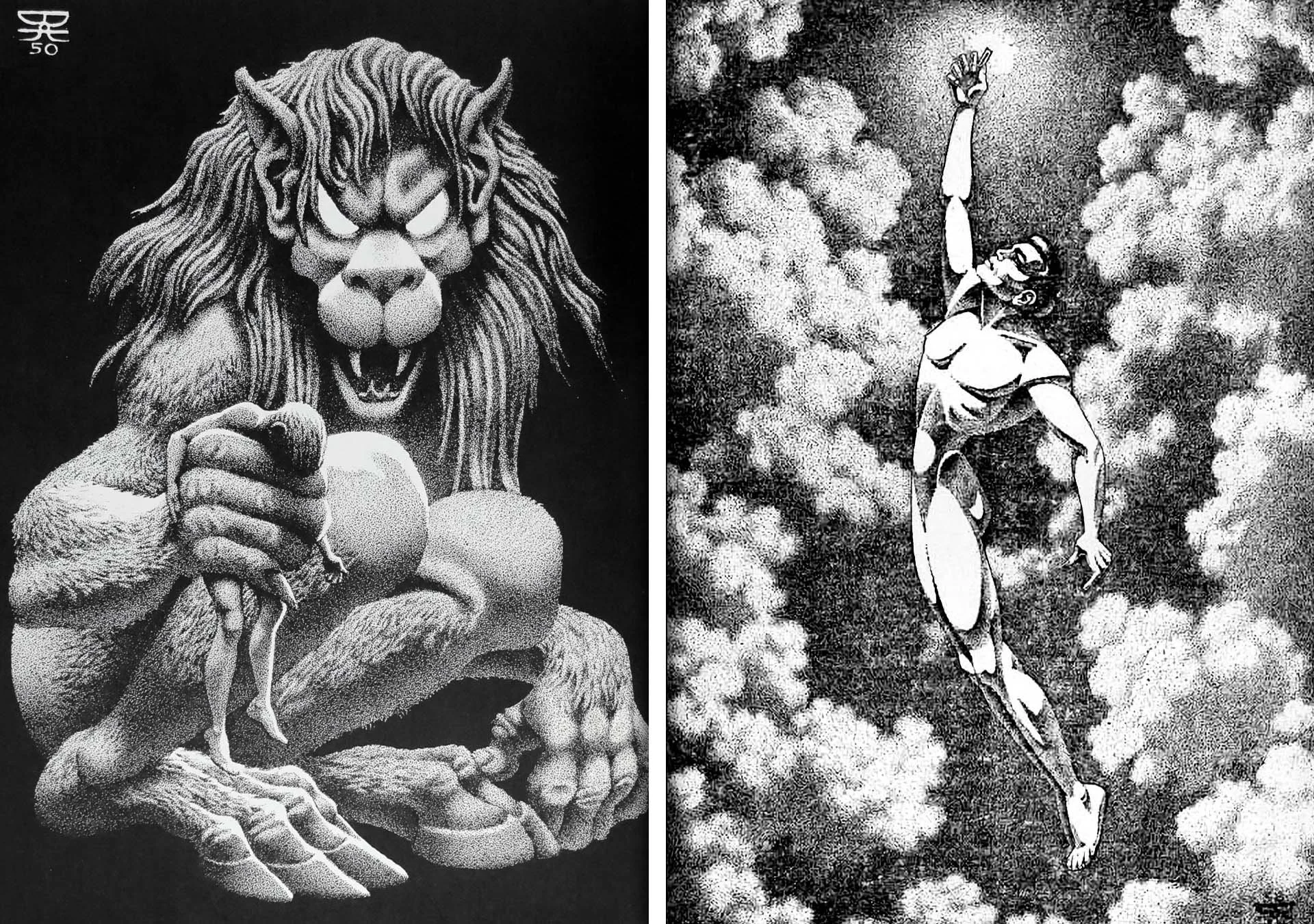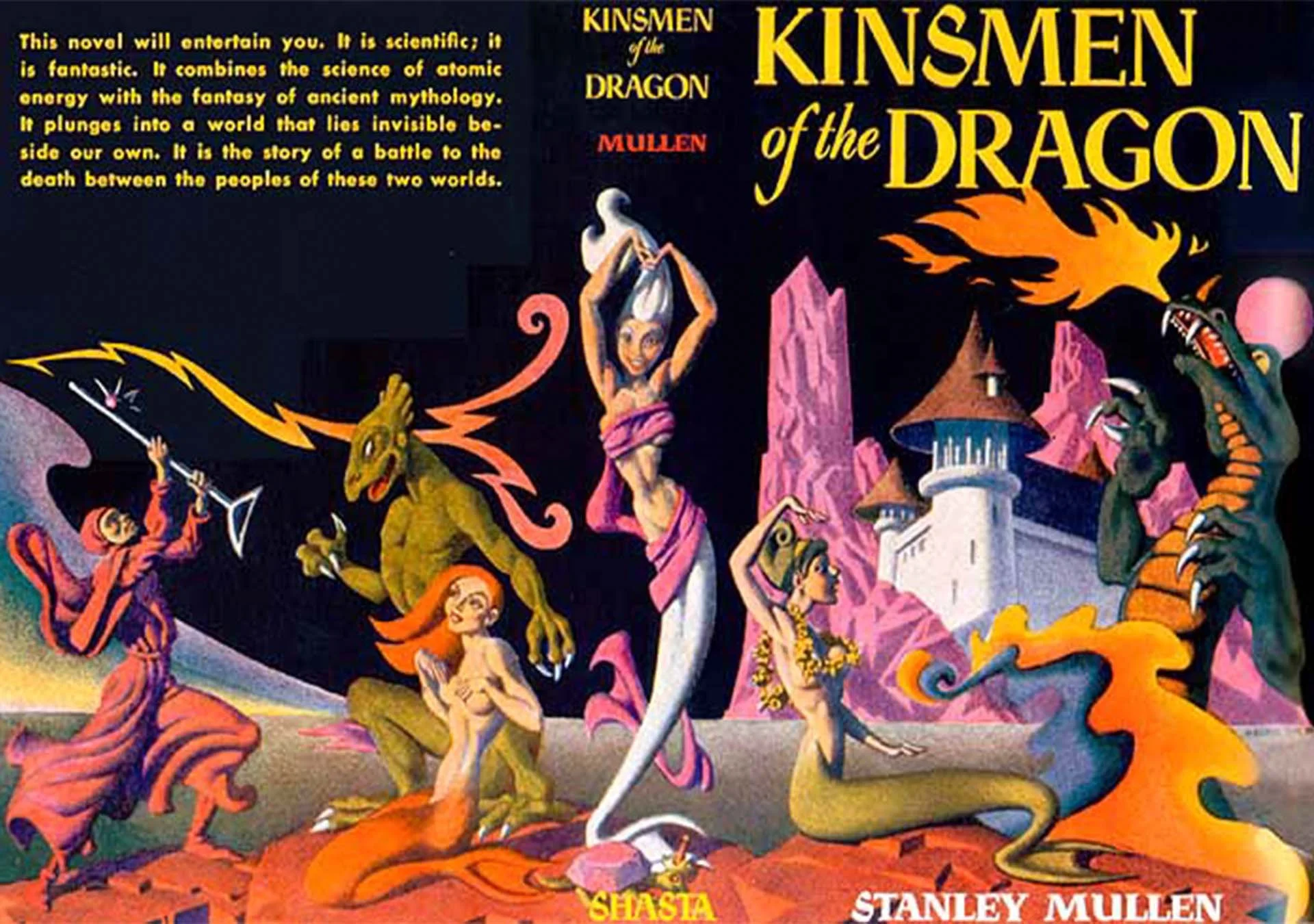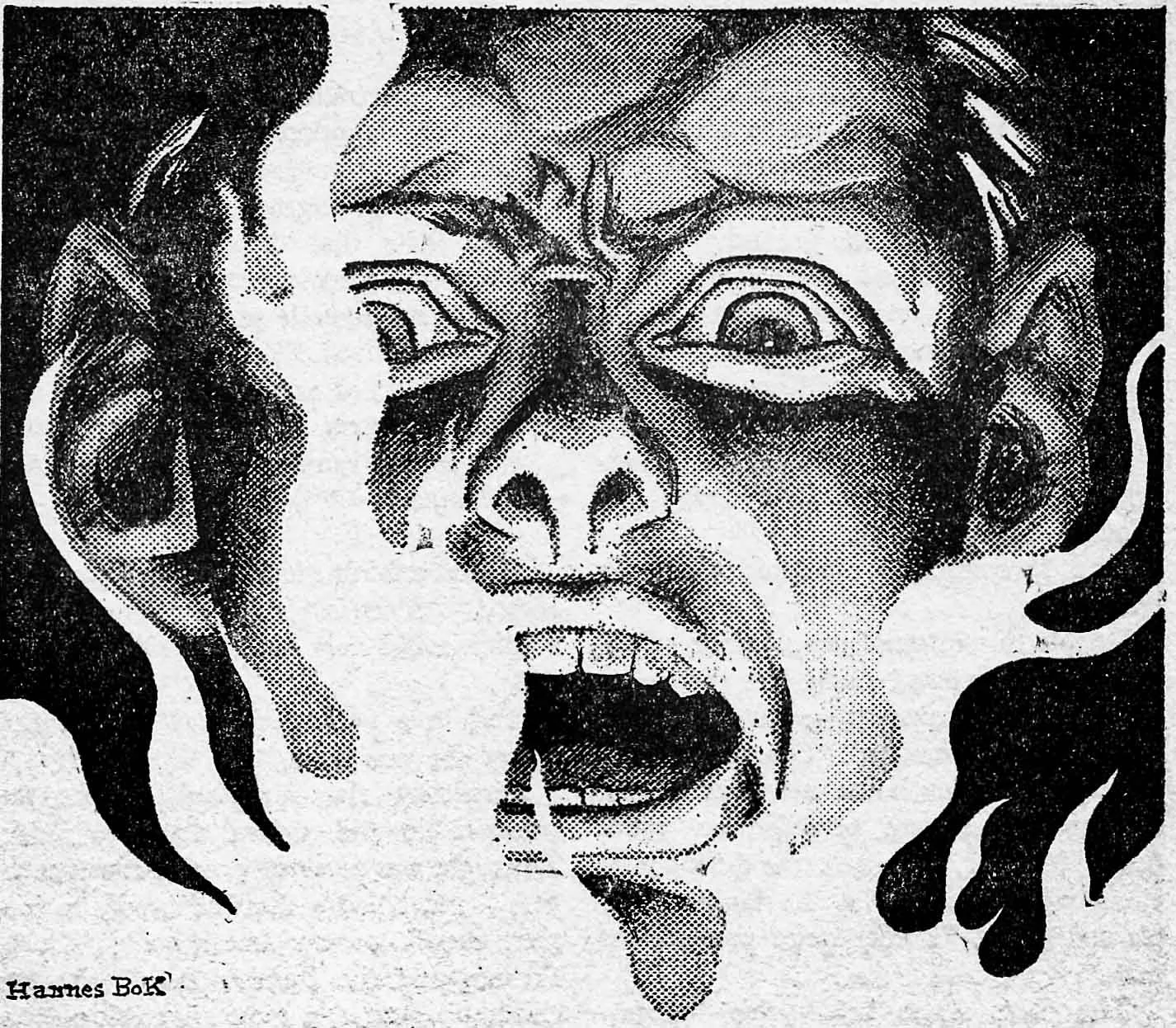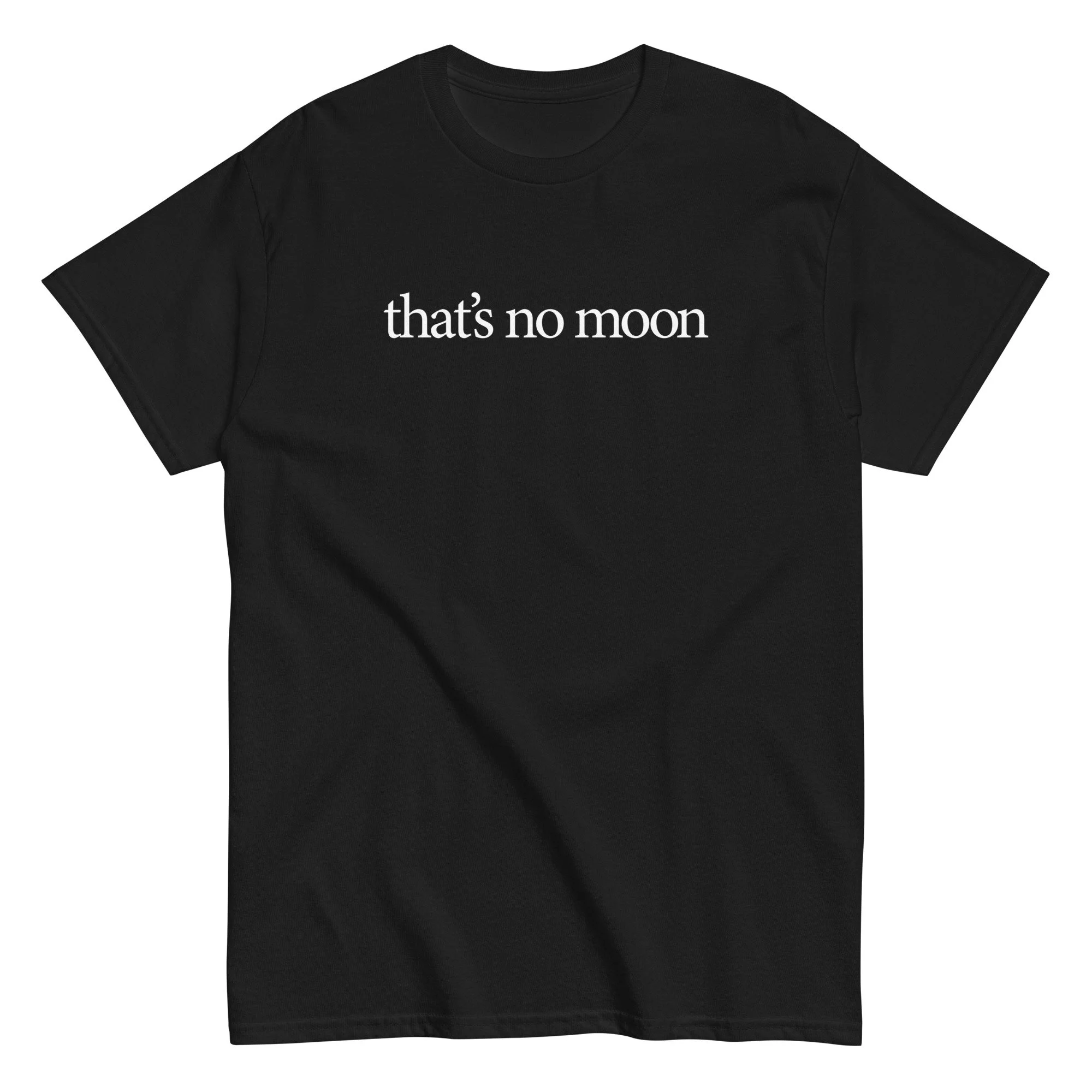The World of Hannes Bok
Hannes Bok was a one-of-a-kind figure in the golden age of science fiction illustration. Working at the intersection of fantasy, horror, and cosmic speculation, his vividly surreal art graced the covers of Weird Tales, Astounding Stories, and many others.
Beyond his uniquely recognizable style, Bok lived an equally eccentric life, crossing paths with Ray Bradbury, L. Ron Hubbard, and Maxfield Parrish—yet behind his brilliance lay a troubled existence marked by poverty, mysticism, and an untimely death. This article delves into his fascinating career, his tumultuous relationships, and the tragic circumstances that cut his life short, leaving behind a haunting legacy as one of sci-fi’s most enigmatic artists.
-
Hannes Bok (1914–1964) was one of the most iconic sci-fi/fantasy illustrators of the pulp era.
His artwork blended otherworldly fantasy with Art Nouveau and surrealist influences.
Bok was the first science fiction artist to win a Hugo Award (posthumously).
He was friends with and mentored by literary icons like Ray Bradbury and Emil Petaja.
Bok lived reclusively, struggled financially, and died in obscurity—but left behind a visually stunning legacy.
In a world of rockets and ray guns, Bok gave us myth and magic.
The Visionary
Born Wayne Woodard in 1914, Hannes Bok changed his name as a tribute to his favorite composer, Johann Sebastian Bach. A self-taught artist, Bok began submitting work to pulp magazines in the 1930s. His dreamlike illustrations, filled with swirling forms and mythical beasts, quickly stood out. By the 1940s and 50s, Bok became a regular contributor to Weird Tales, Fantastic Novels, and Unknown Worlds.
What made Bok's art so distinctive was his style—a blend of high fantasy, Art Deco, and sci-fi weirdness. He loved pastel colors, luminous lighting, and stylized anatomy that pushed the human form toward mythic abstraction. His creatures were as likely to be beautiful as grotesque.
“I knew him as a weird and strange genius, highly imaginative, a person who delighted in revealing secrets of the occult and unexplained. He was a man of moods, of laughter and of quick, bitter silence. There was a sorrow in his smile which I’ll never forget.”
—Emil Petaja
A Literary Soul
Bok wasn't just a visual artist. He wrote poetry, short stories, and even entire novels. His prose mirrored his artwork: lush, otherworldly, and tinged with melancholy. His story collections and novels like The Sorcerer's Ship and Beyond the Golden Stair explored magical realms with emotional depth.
He was also an early champion of the fantasy genre, helping to keep the imaginative spirit alive during the pulp-to-paperback transition.
Influences and Friends
Bok was deeply influenced by Maxfield Parrish, whose glowing skies and fairy-tale sensibilities shaped Bok’s palette. He also admired Gustav Doré and the Symbolists. But he was more than a copyist—he synthesized these inspirations into a voice entirely his own.
Through science fiction circles, Bok befriended Ray Bradbury, who became a supporter and lifelong admirer. Bok also formed a creative bond with Emil Petaja, a Finnish-American writer who would later establish the Bokanalia Foundation to preserve his legacy.
Bok painted dreams—sometimes beautiful, sometimes nightmarish, always unforgettable.
Tragedy and Legacy
Despite his talents, Bok struggled with money, anxiety, and isolation. He lived in small apartments, often doing odd jobs between commissions. By the early 1960s, he was largely forgotten by the mainstream. In 1964, Bok died alone and penniless at 49, from a heart attack in his tiny Hollywood apartment. His body went unclaimed for days before friends arranged his cremation.
Yet in the years following his death, a new generation of sci-fi and fantasy fans rediscovered his work. His illustrations became prized collectibles. In 1966, he was awarded a posthumous Hugo for Best Professional Artist.
Today, Bok's influence is seen in everything from fantasy book covers to modern tarot decks. He remains a cult figure among illustrators and fans alike.
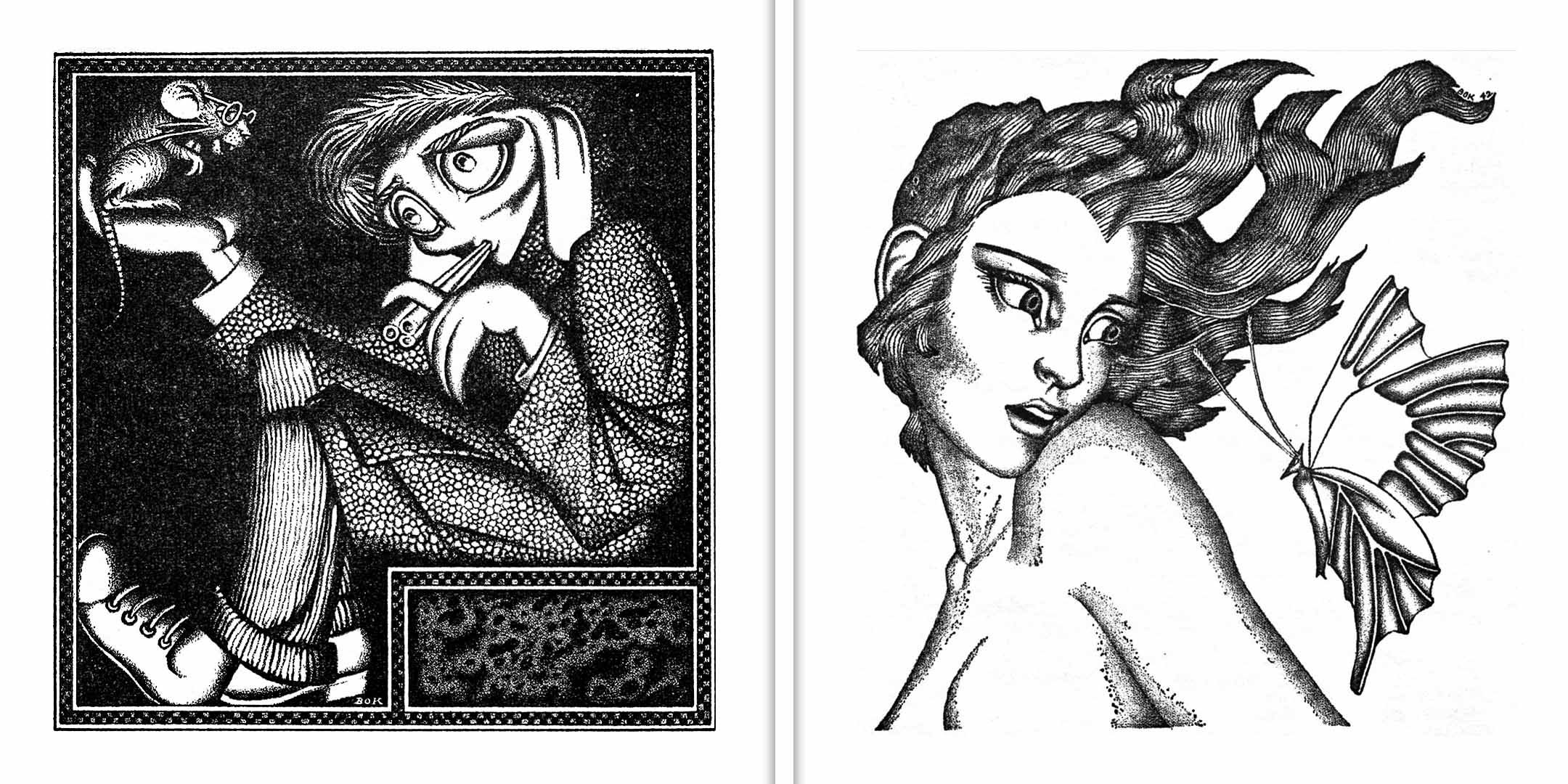
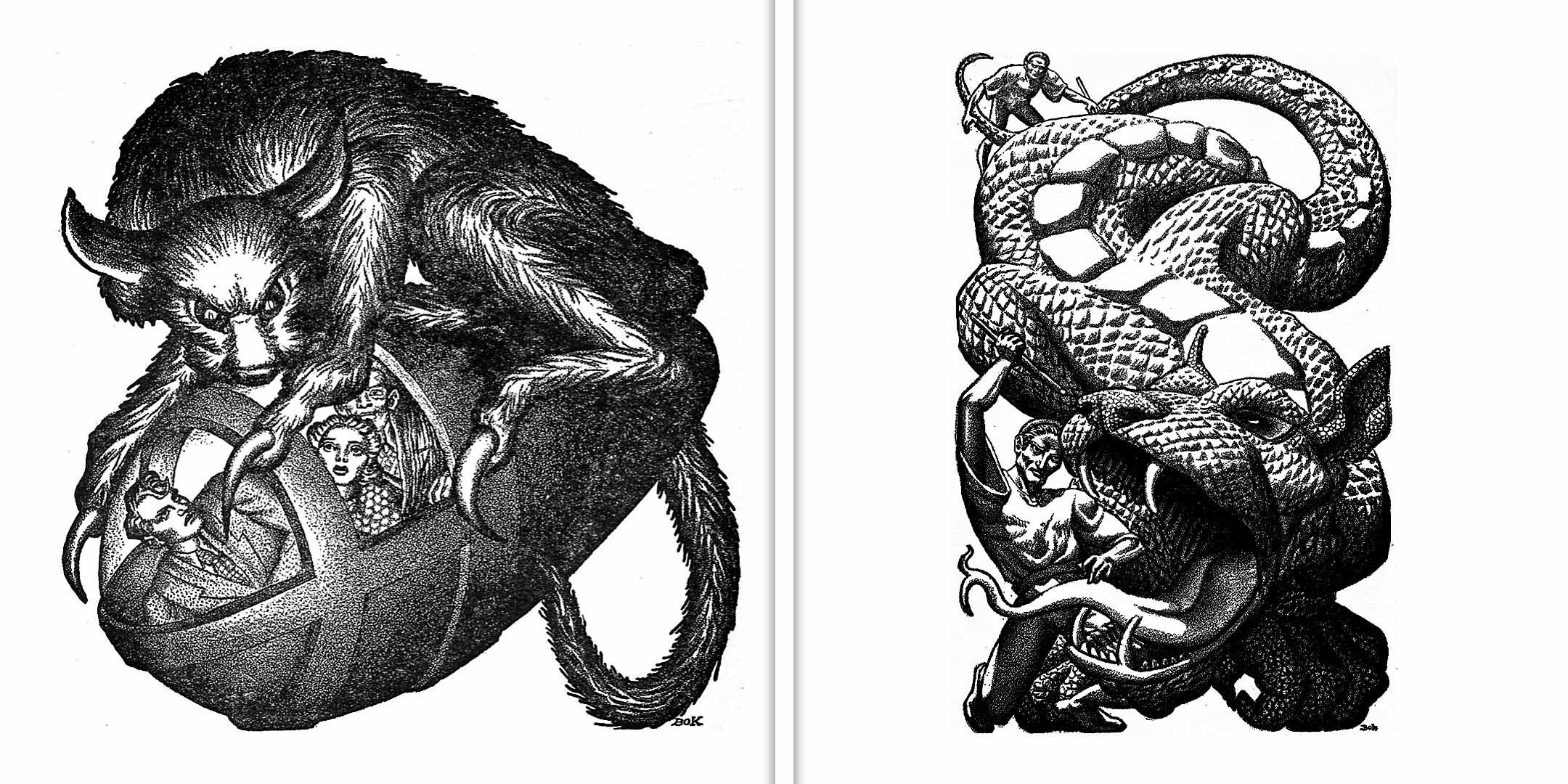
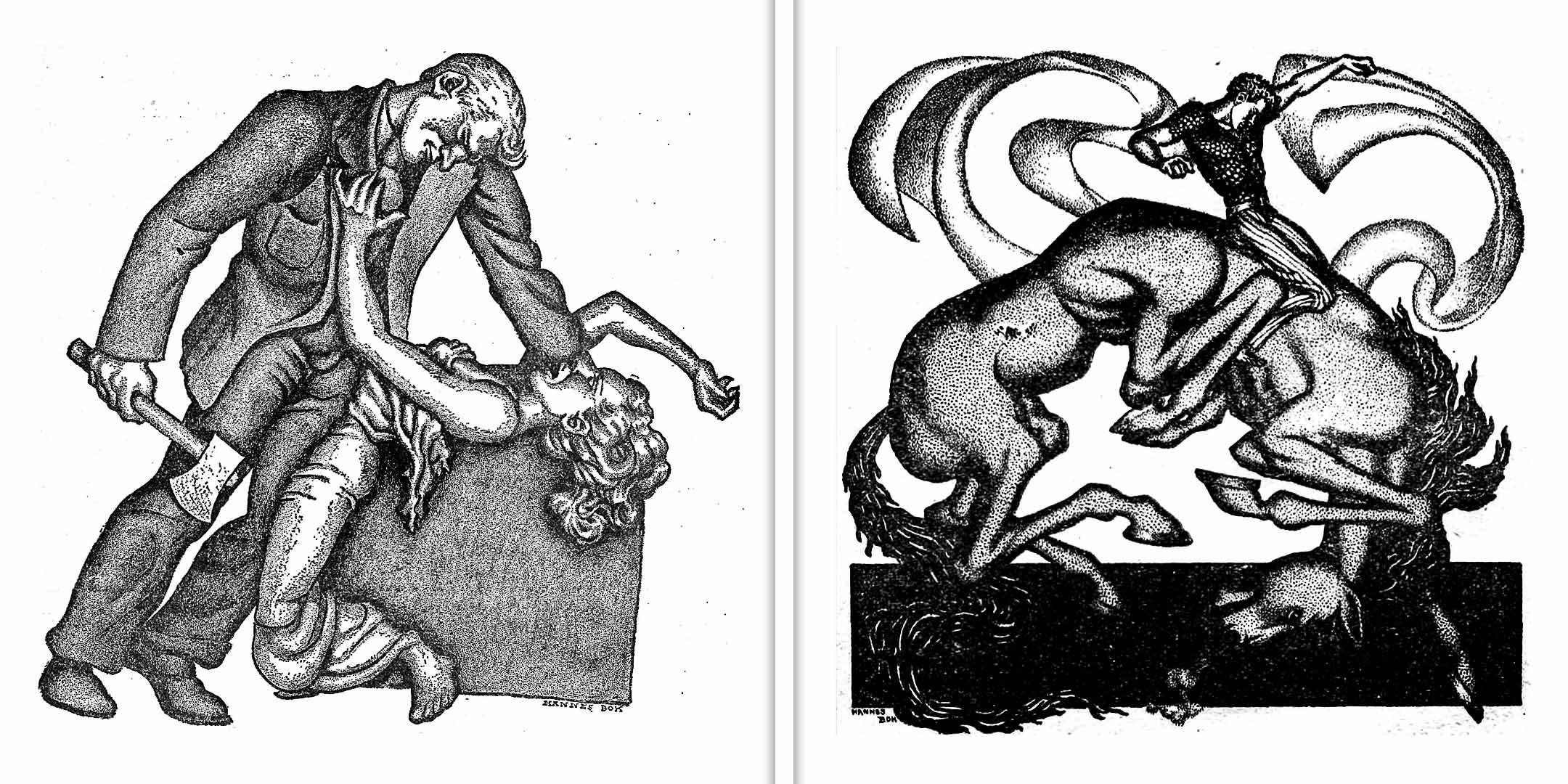
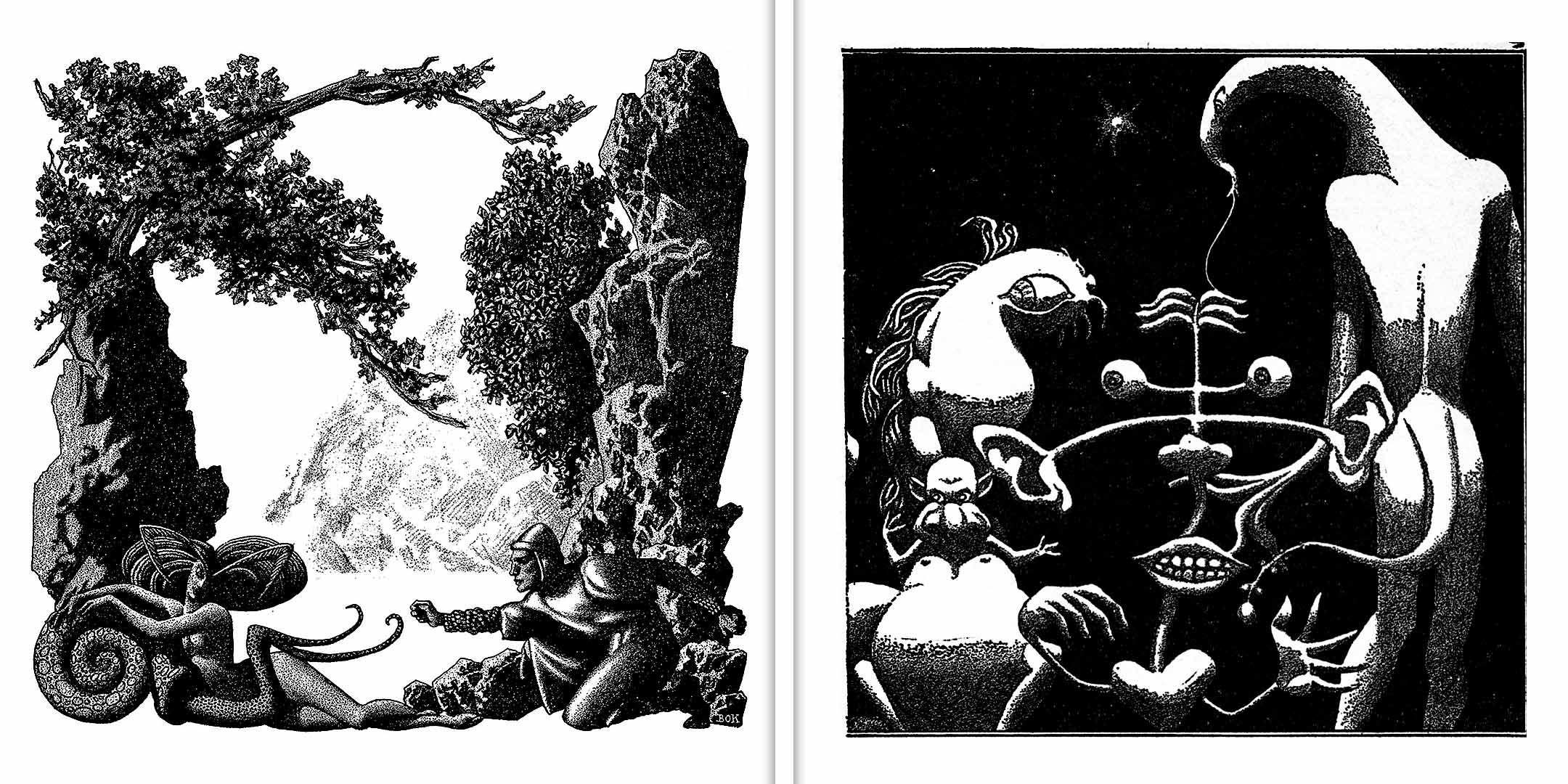
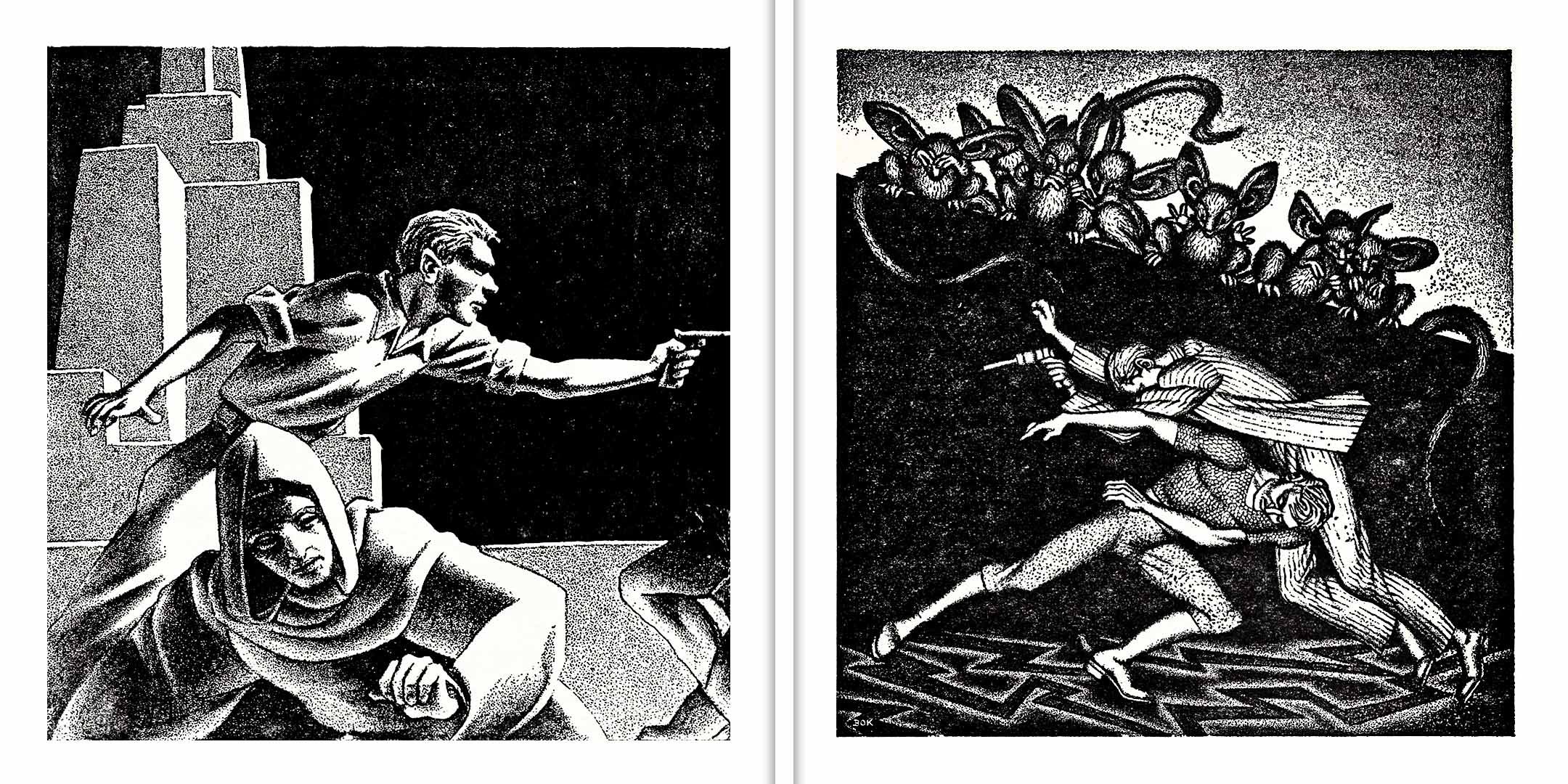
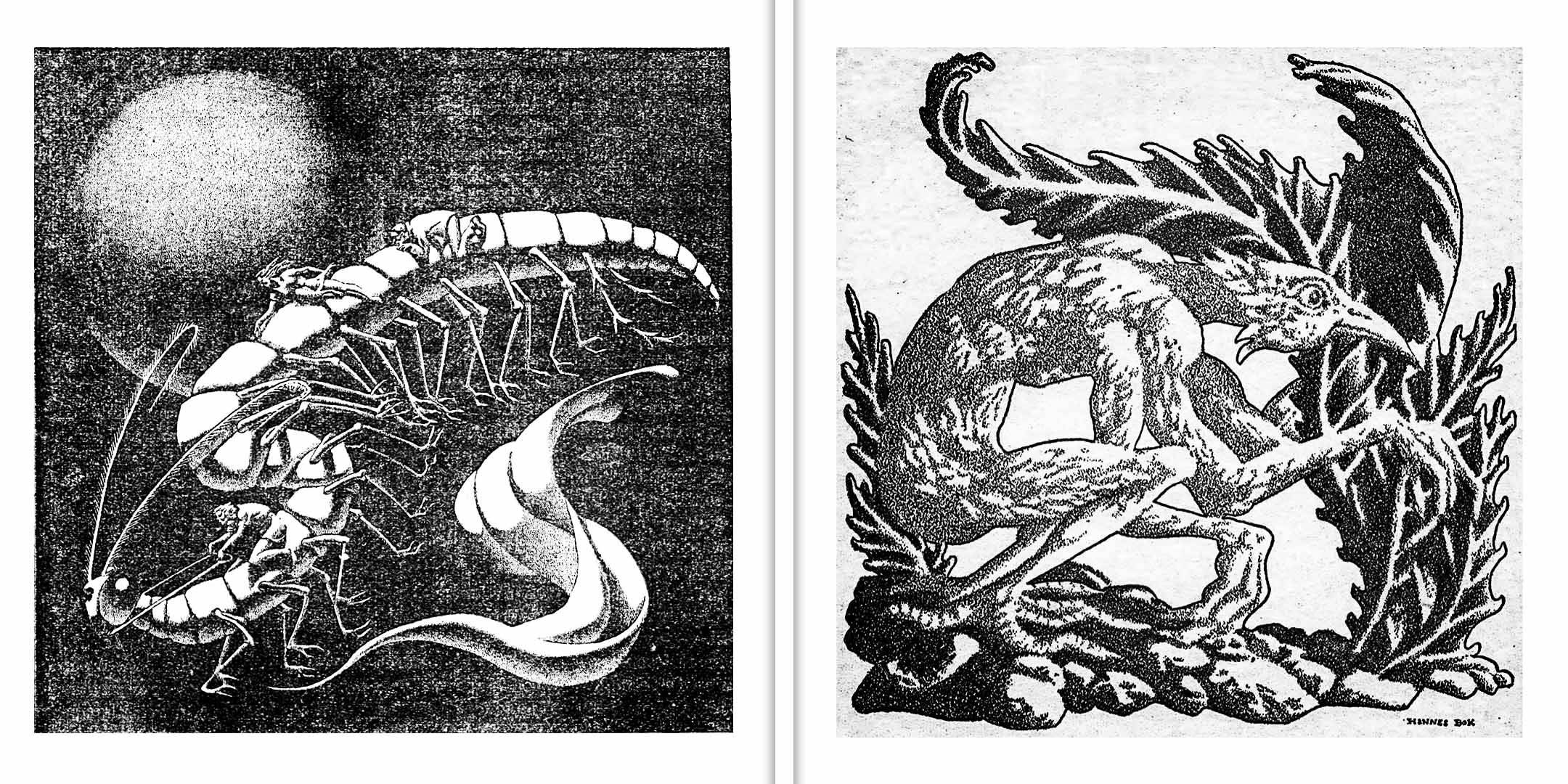

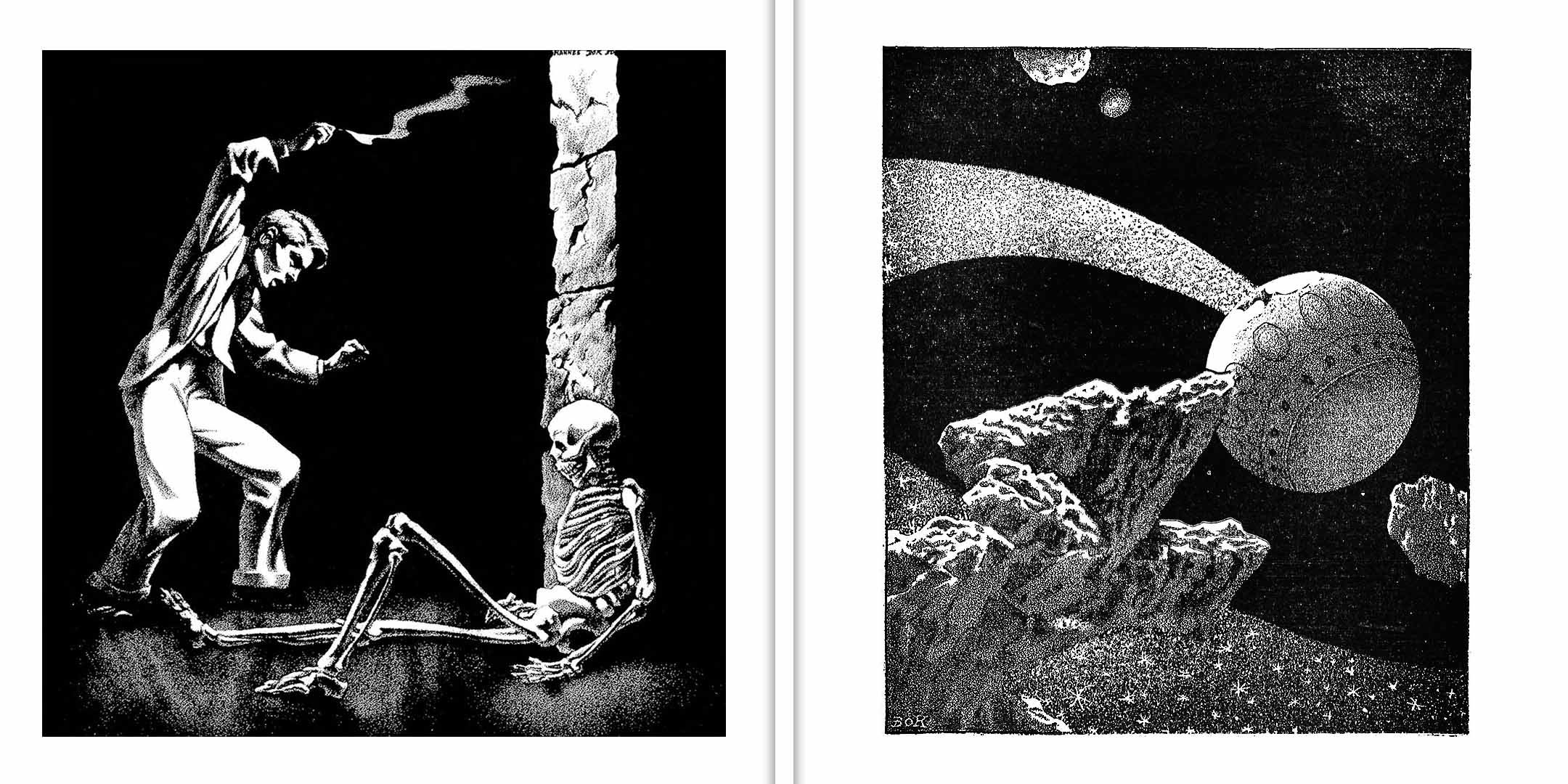
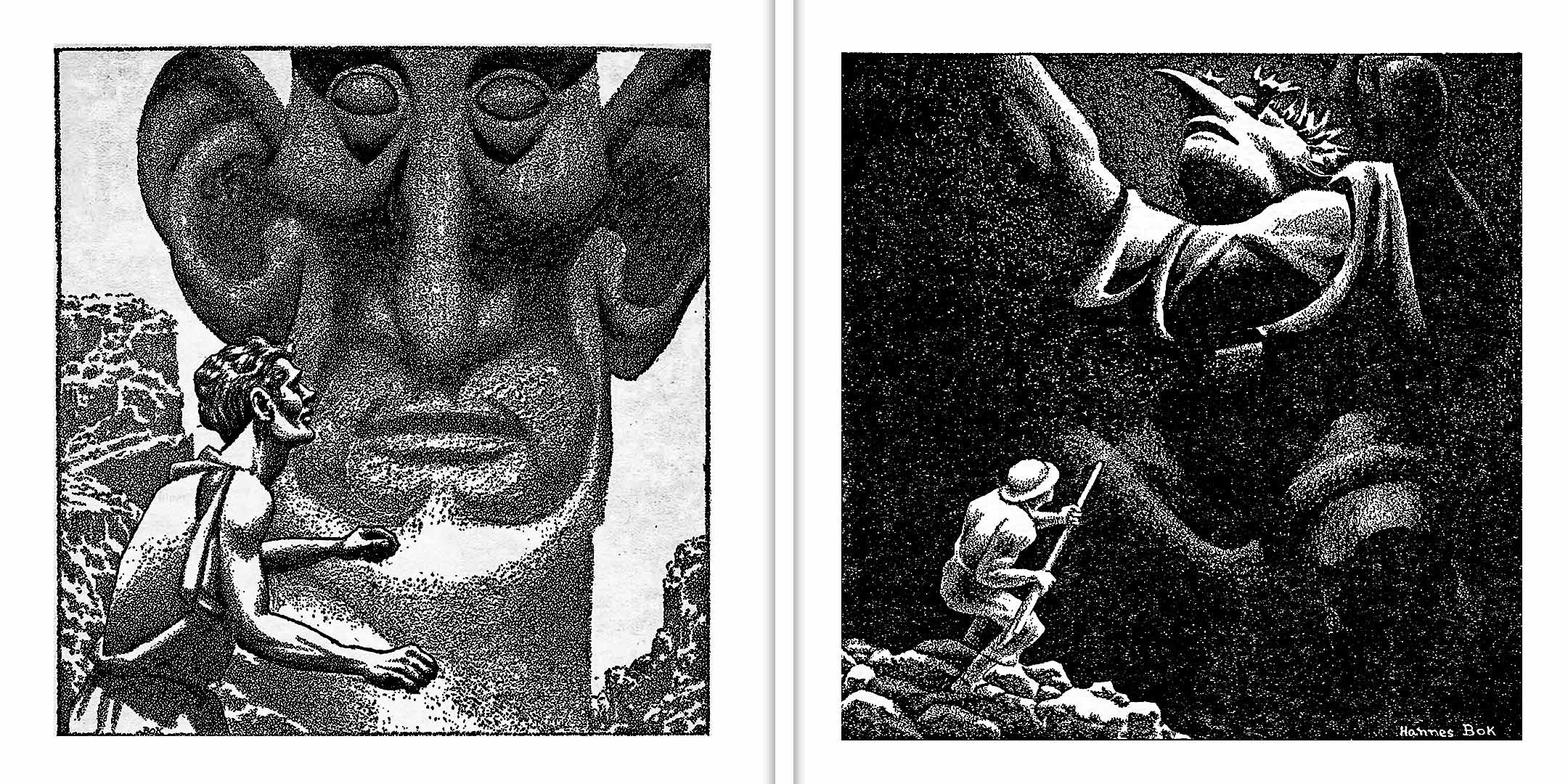
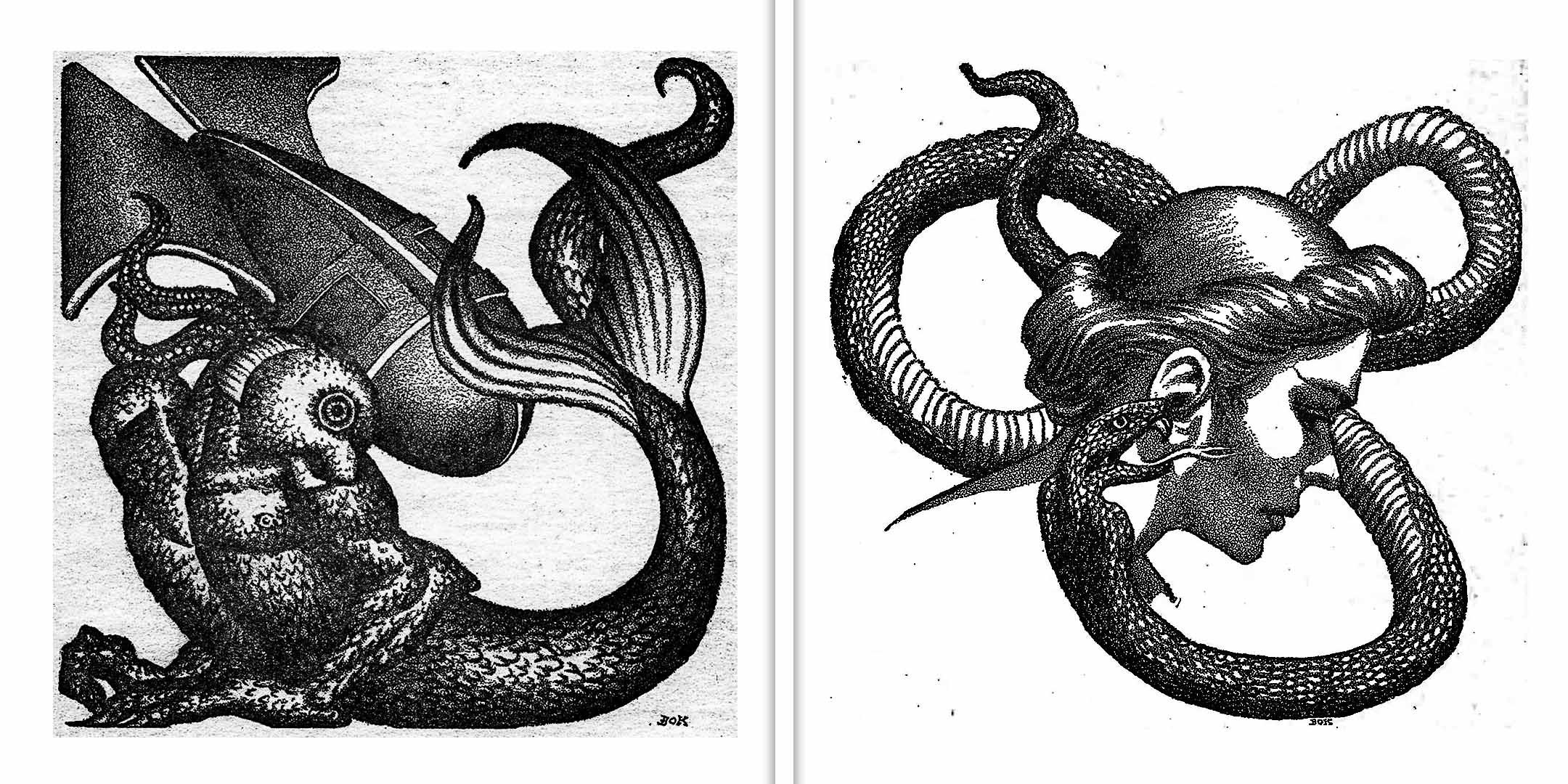
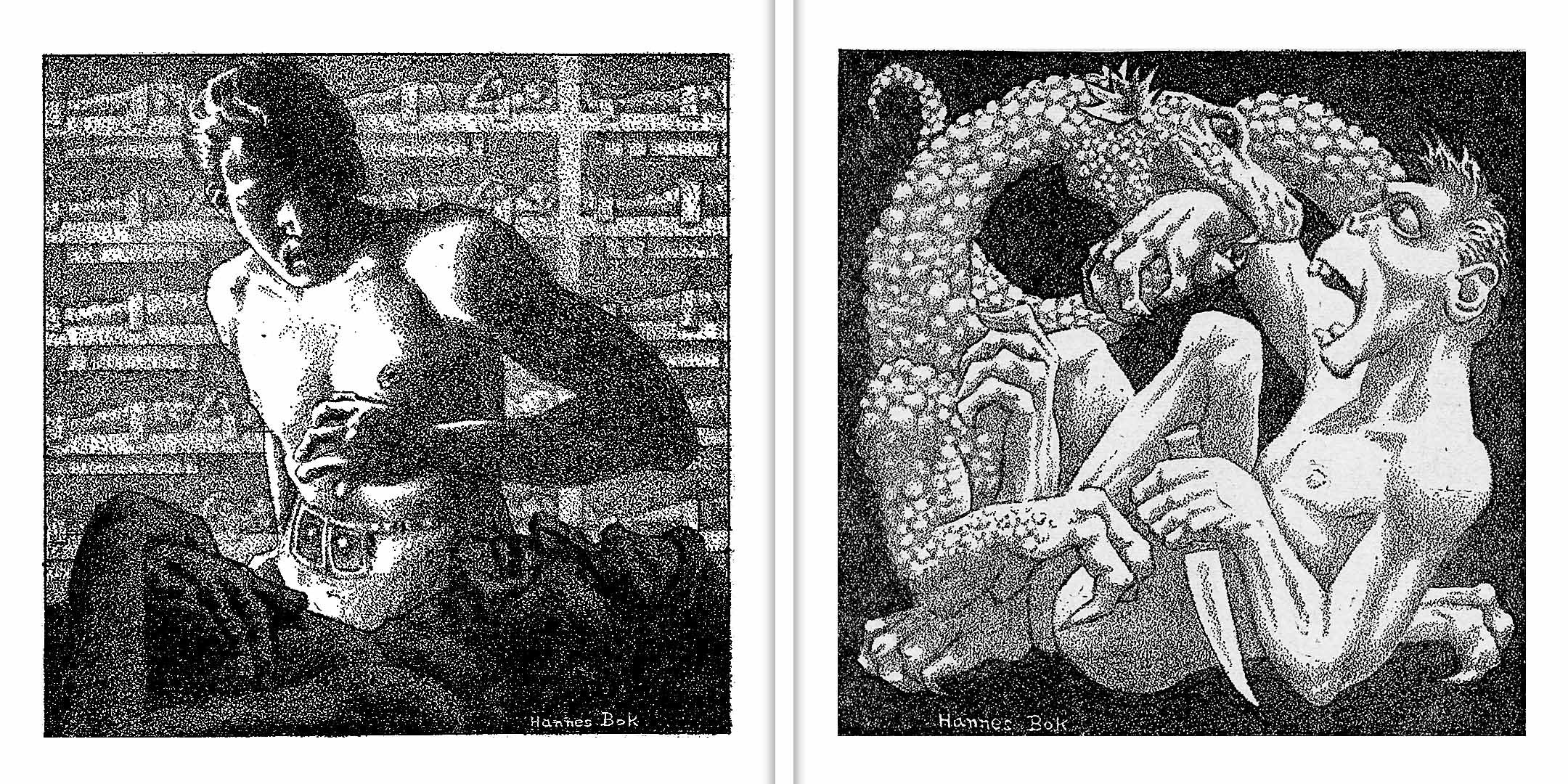
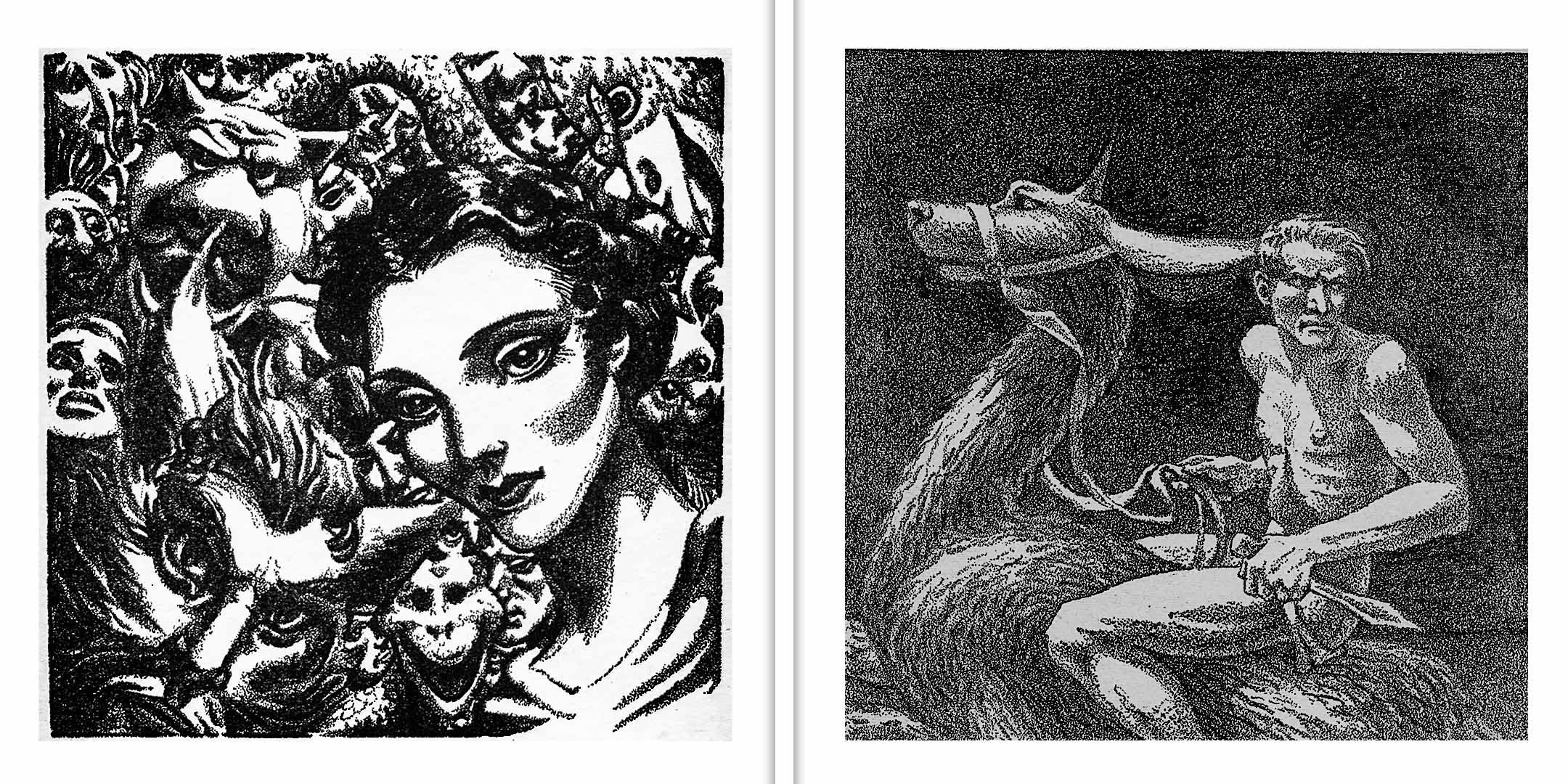
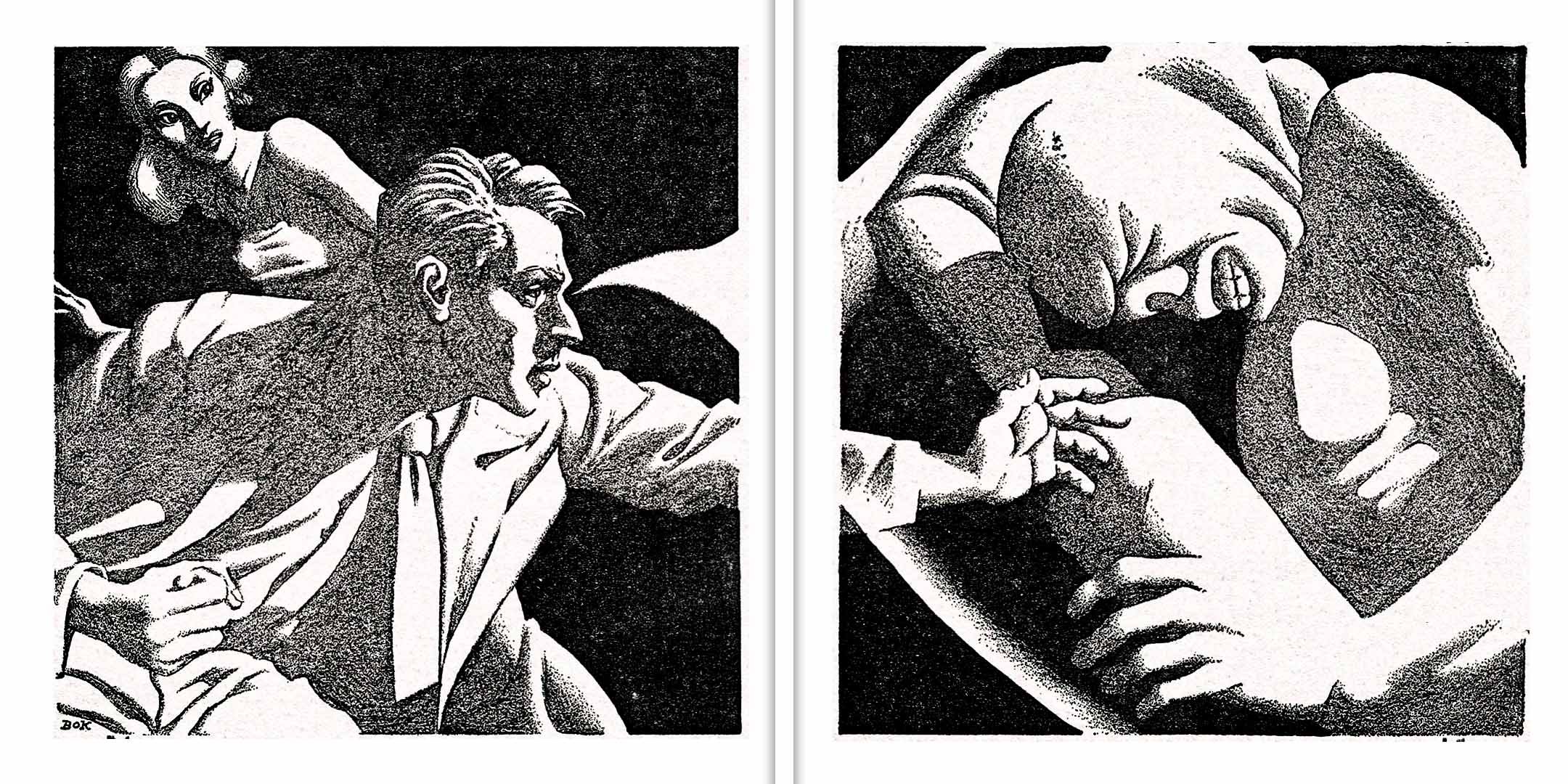
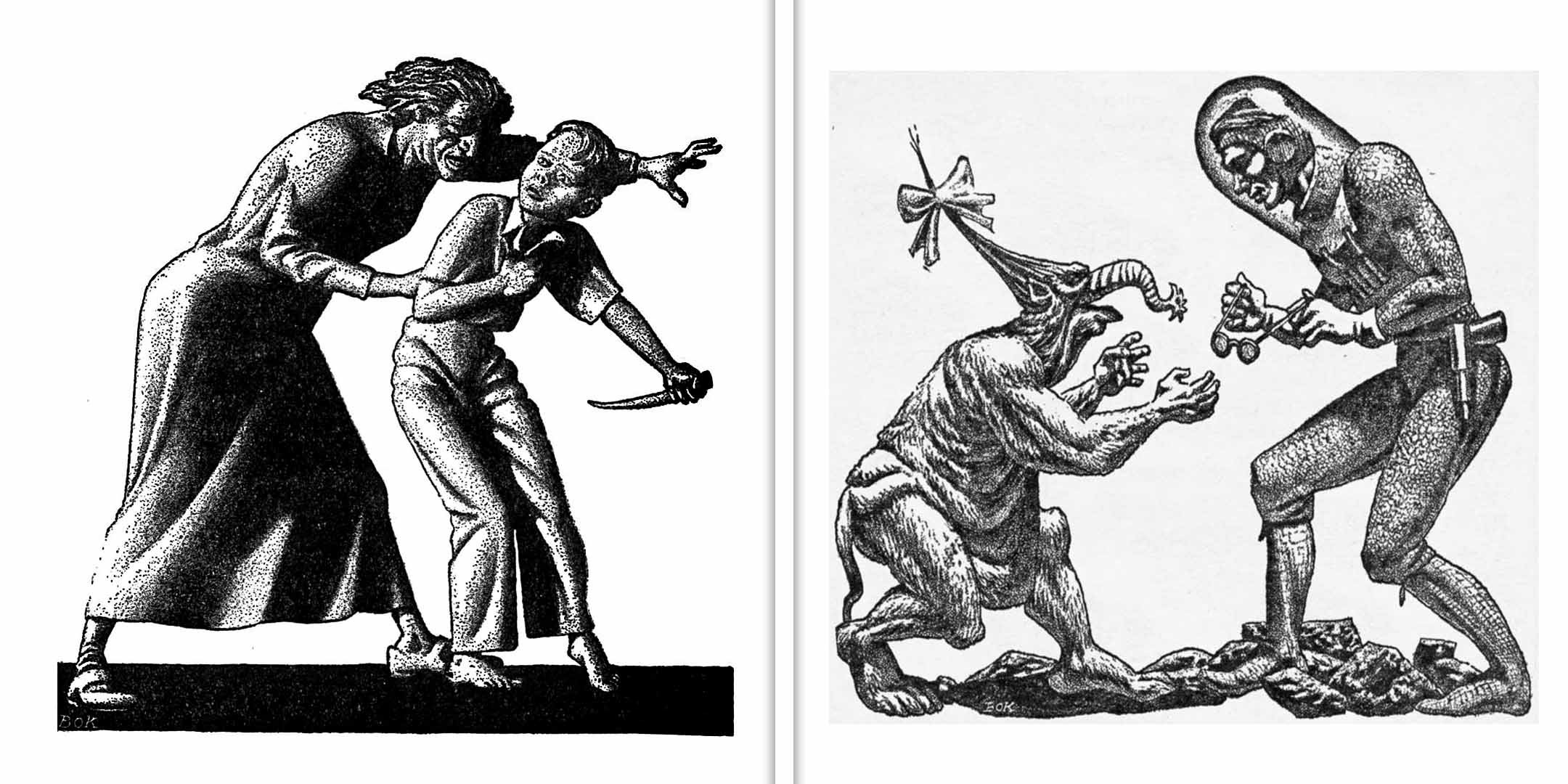
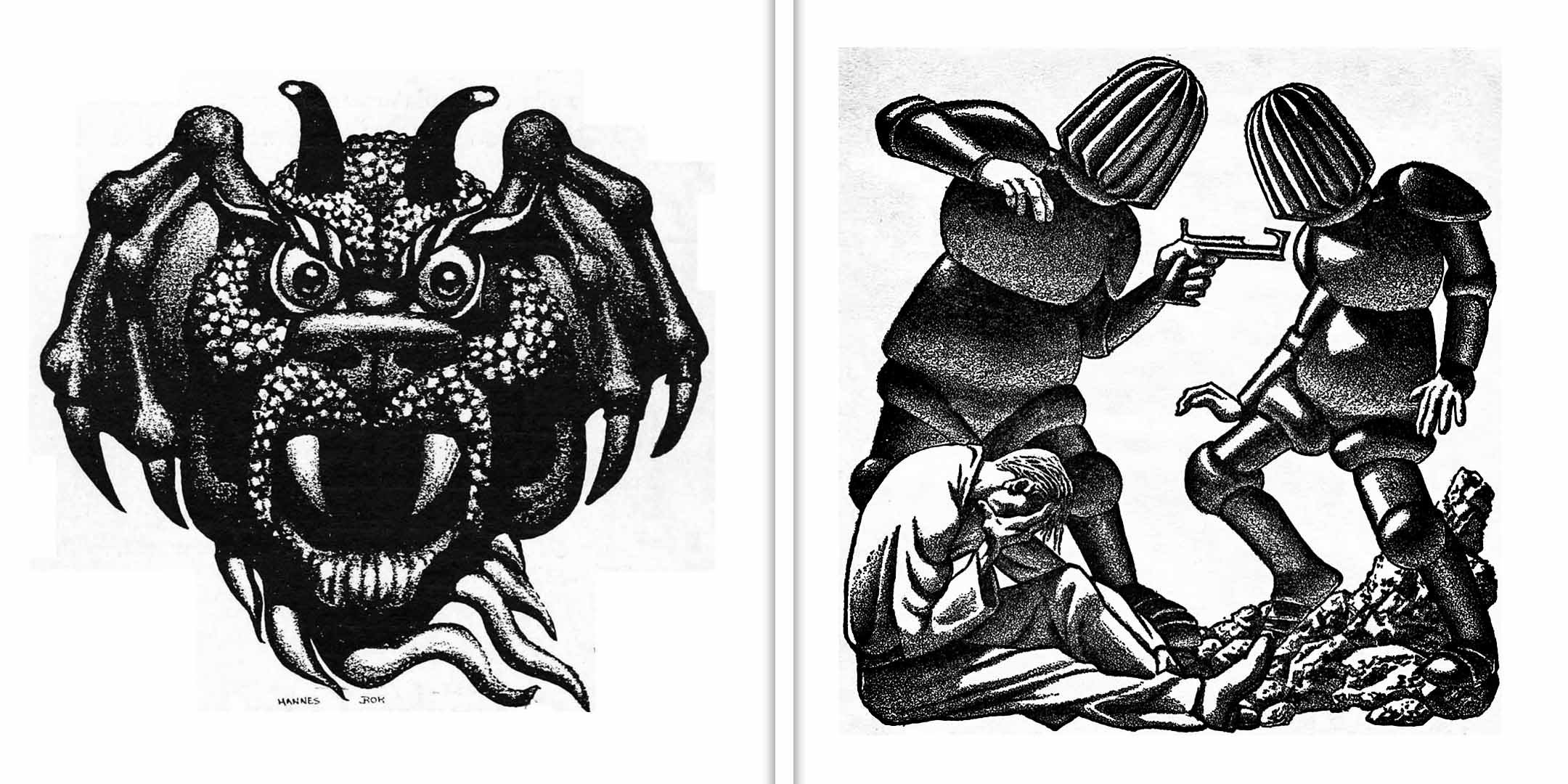
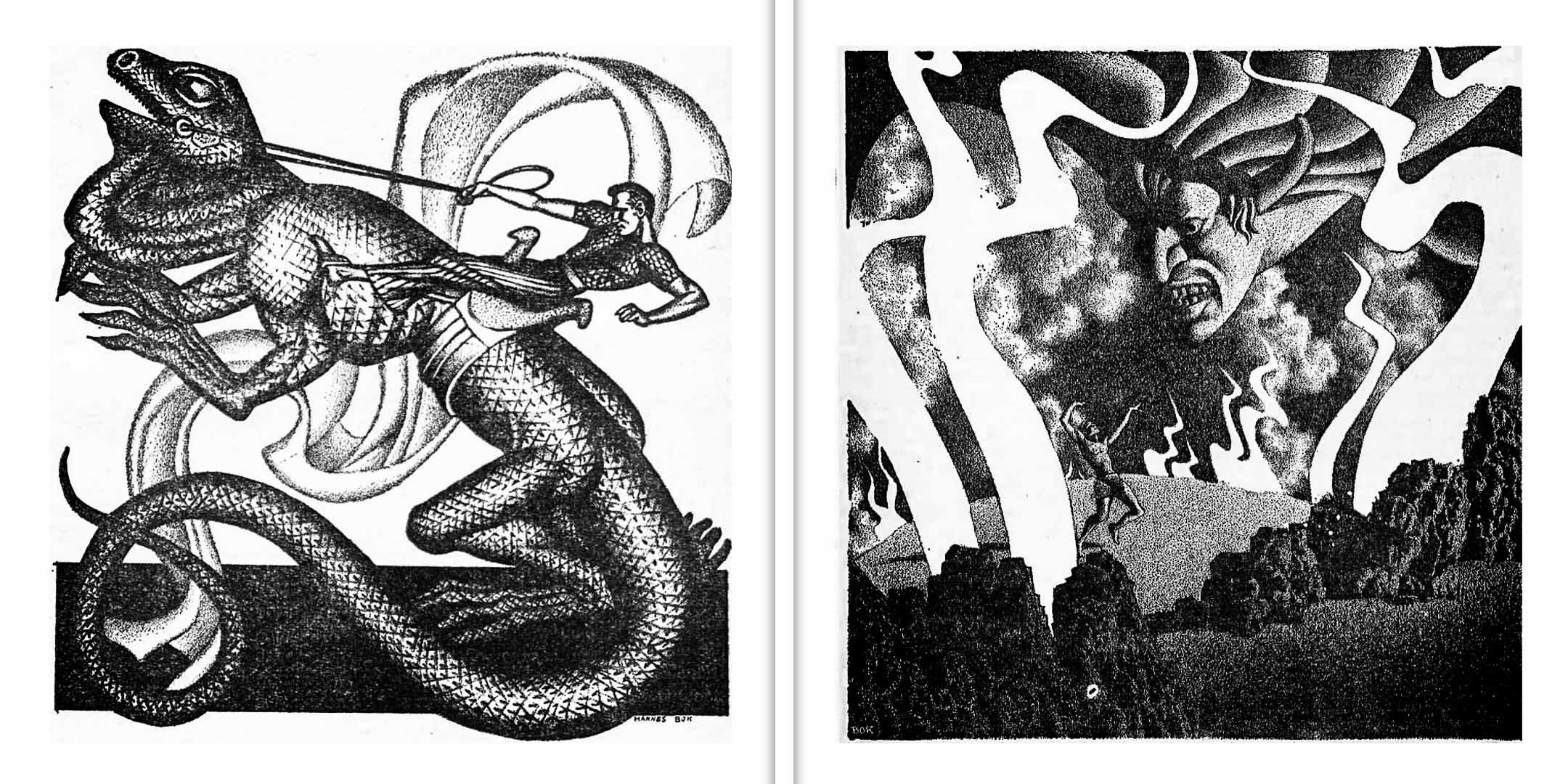
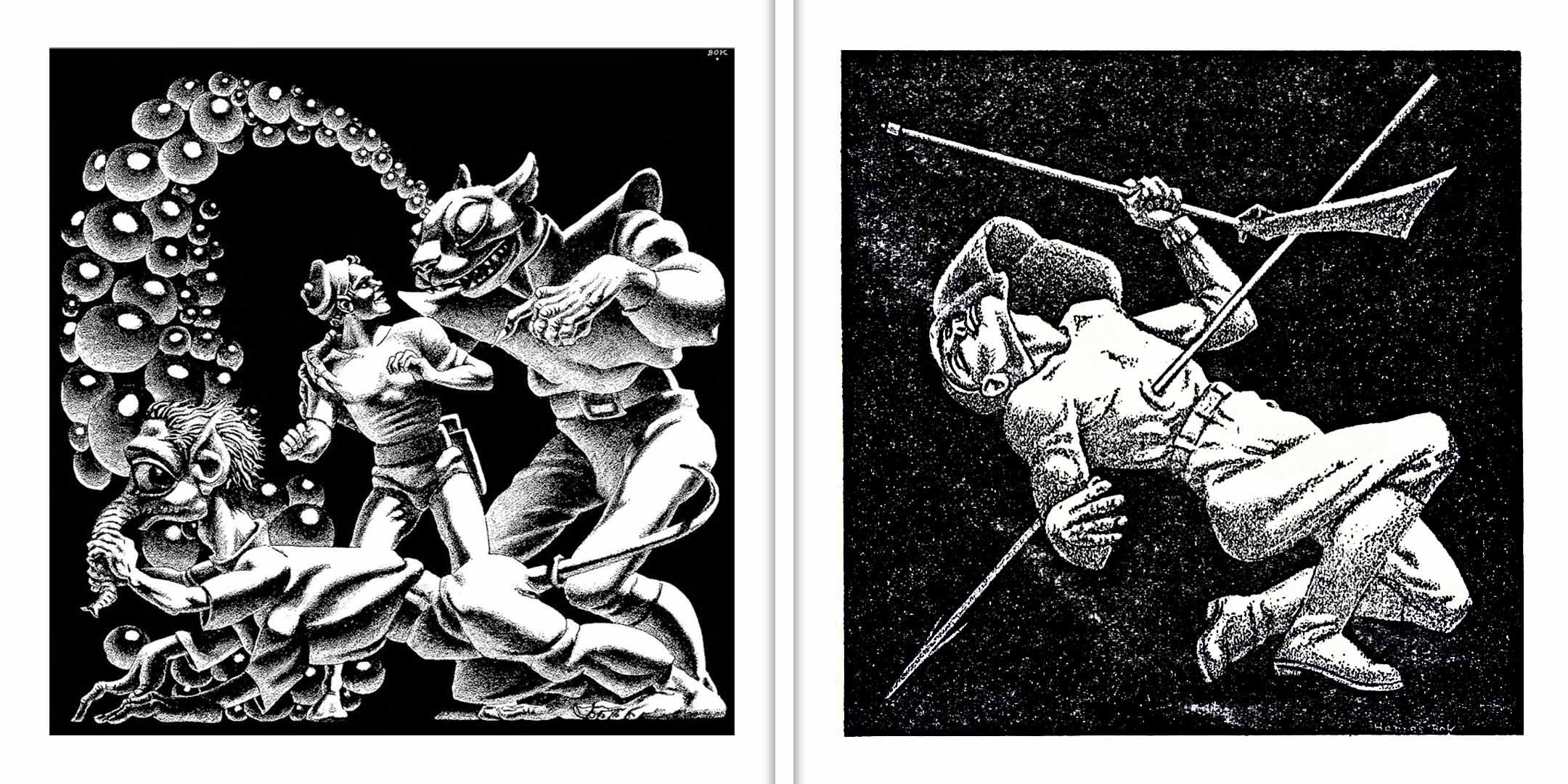
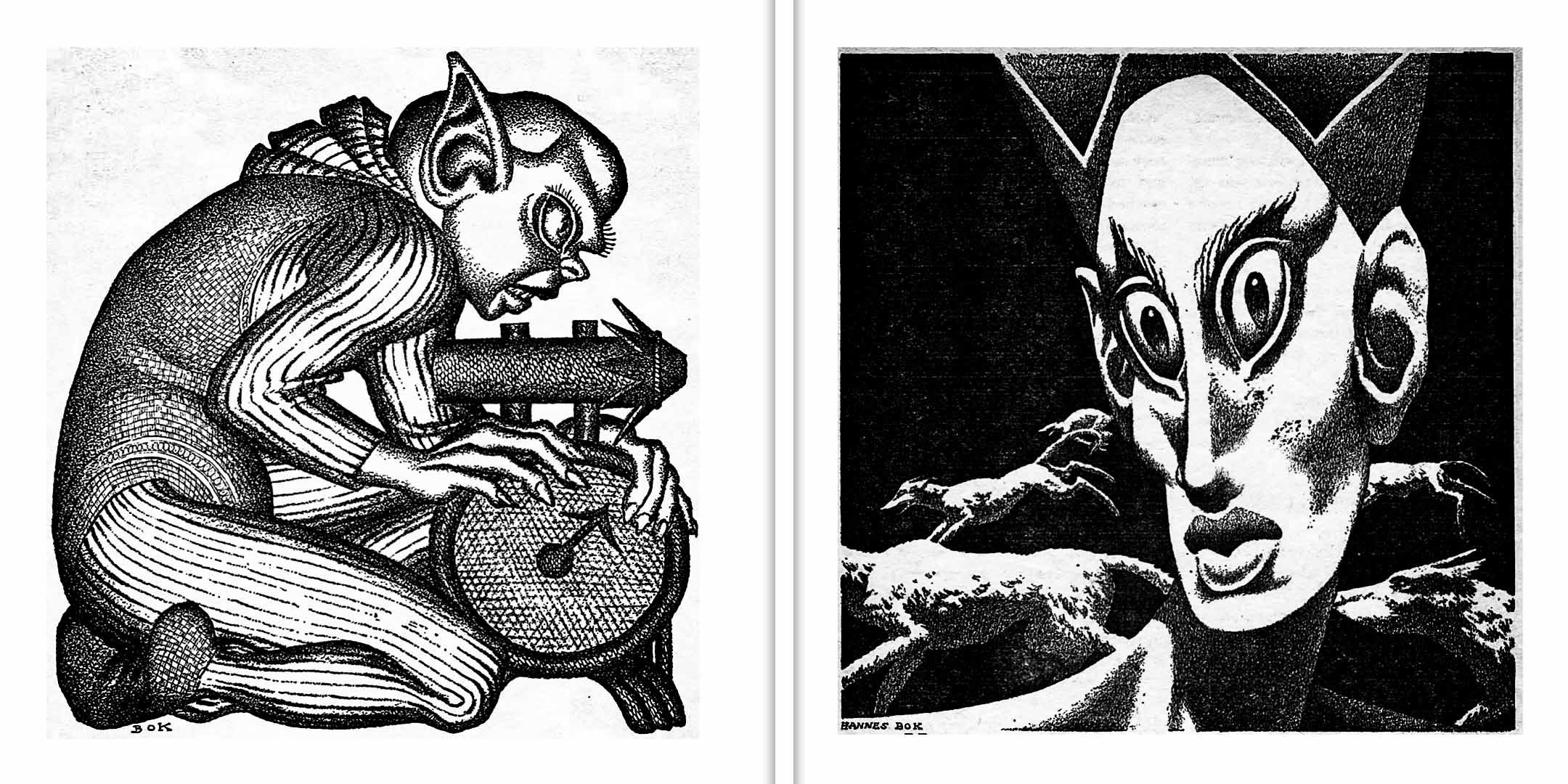
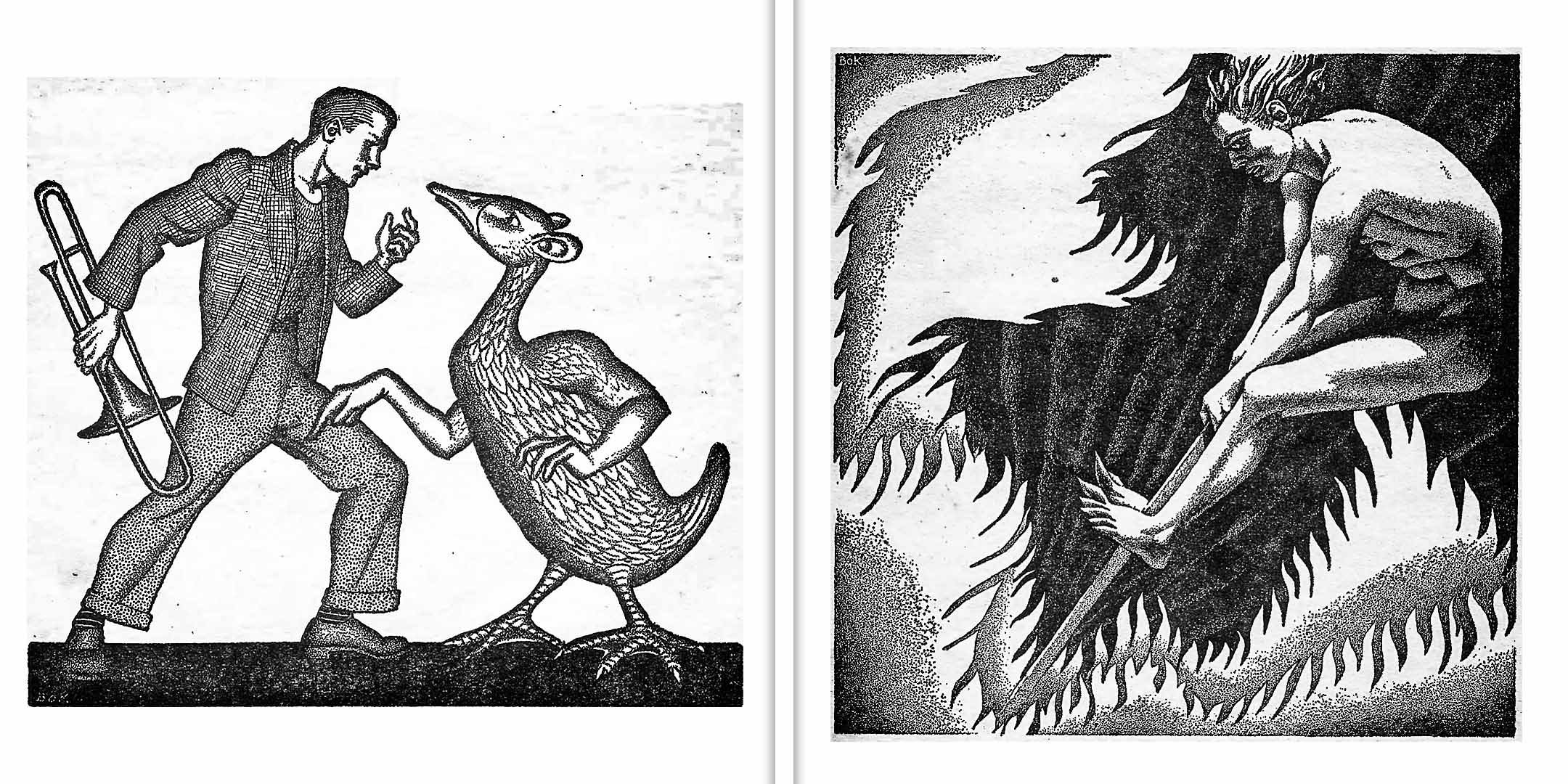
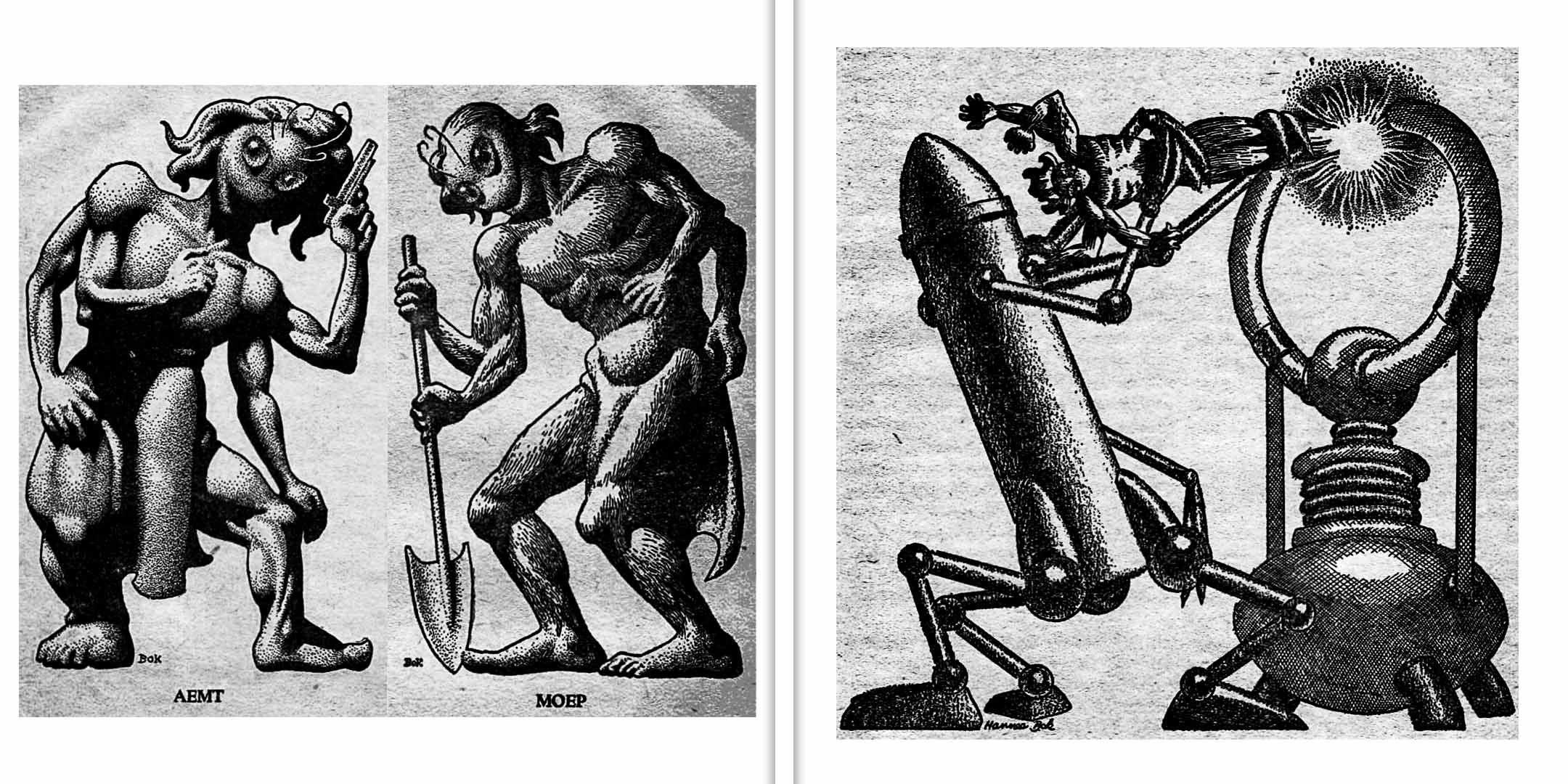
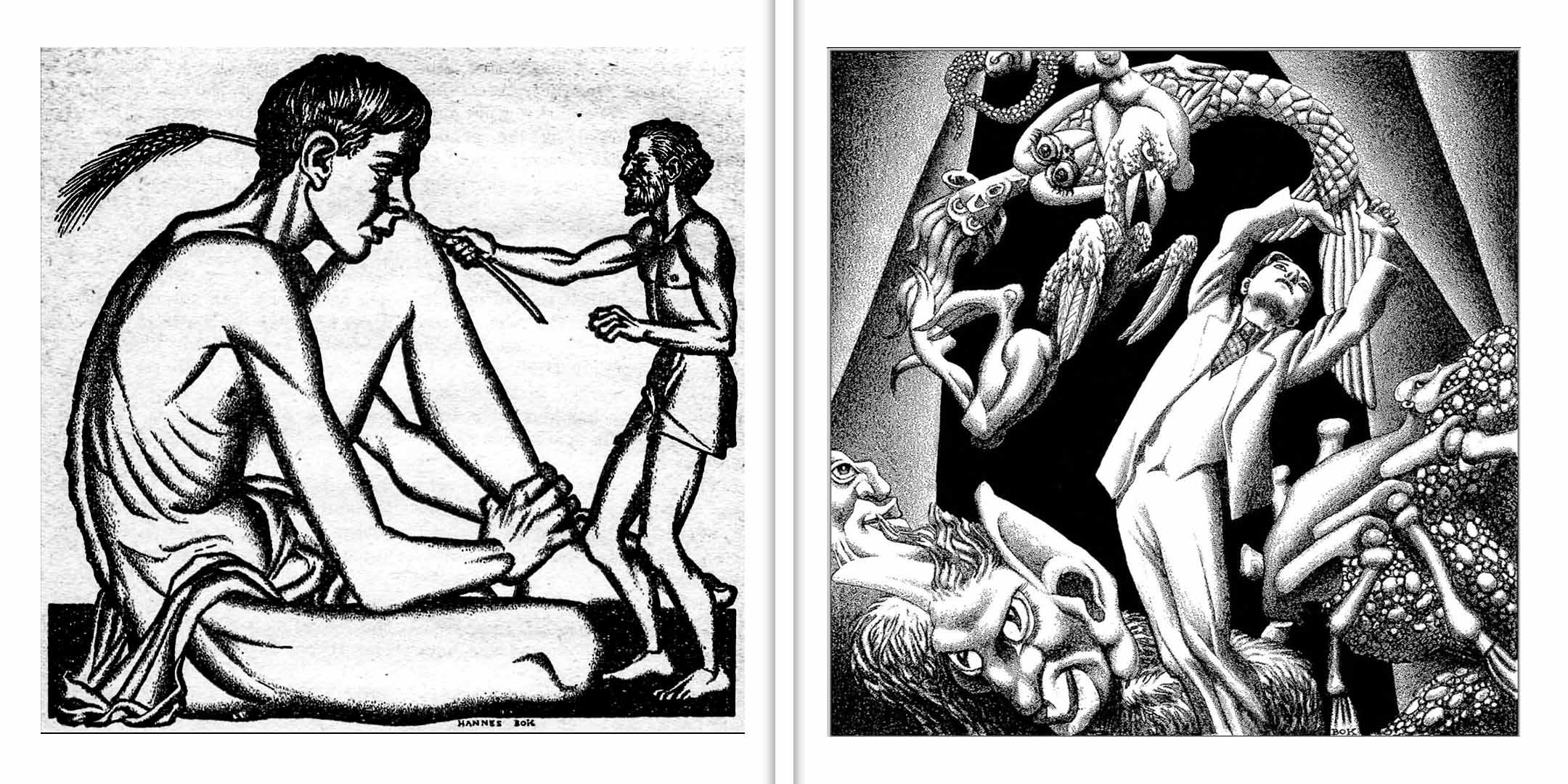
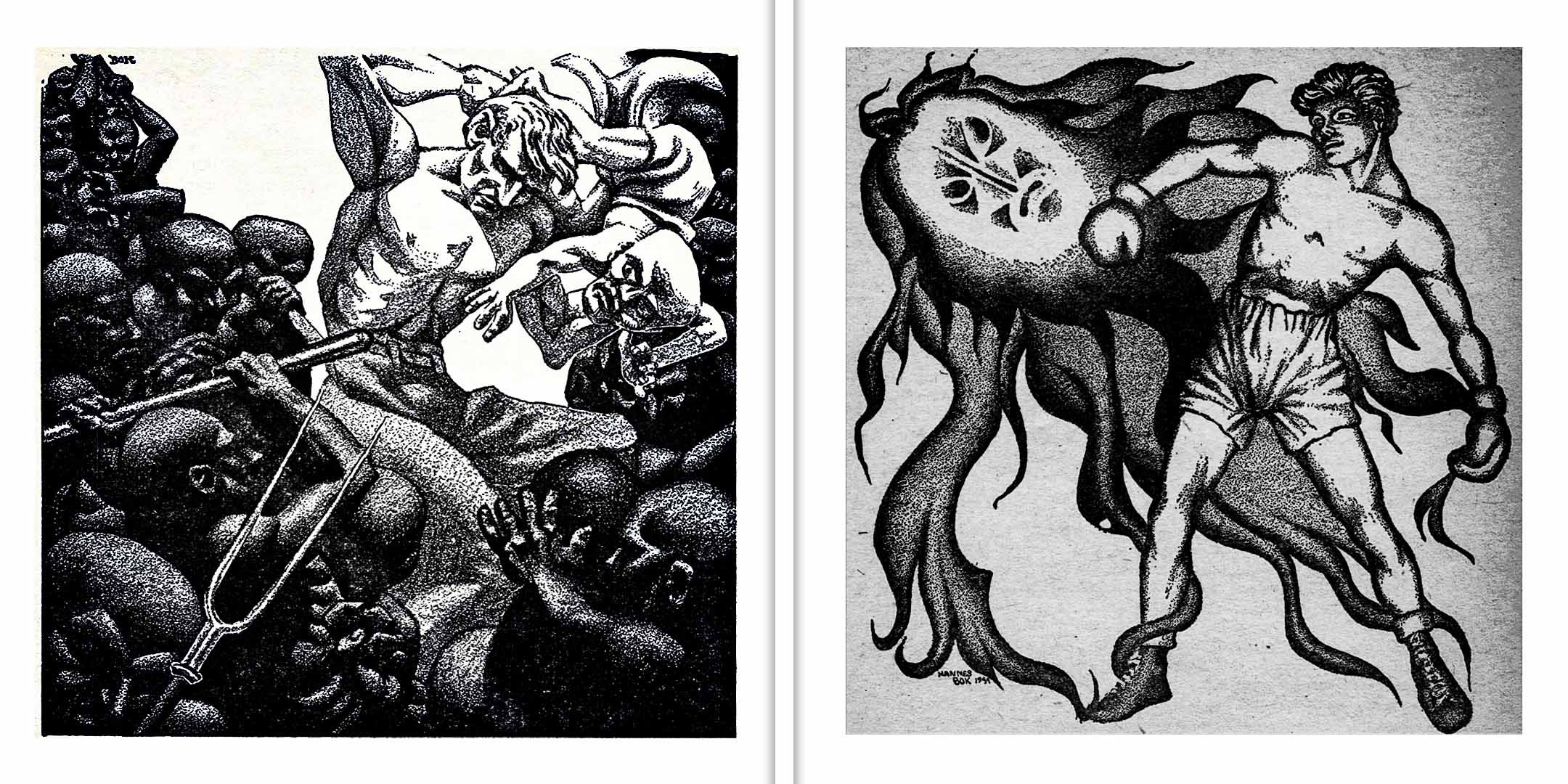
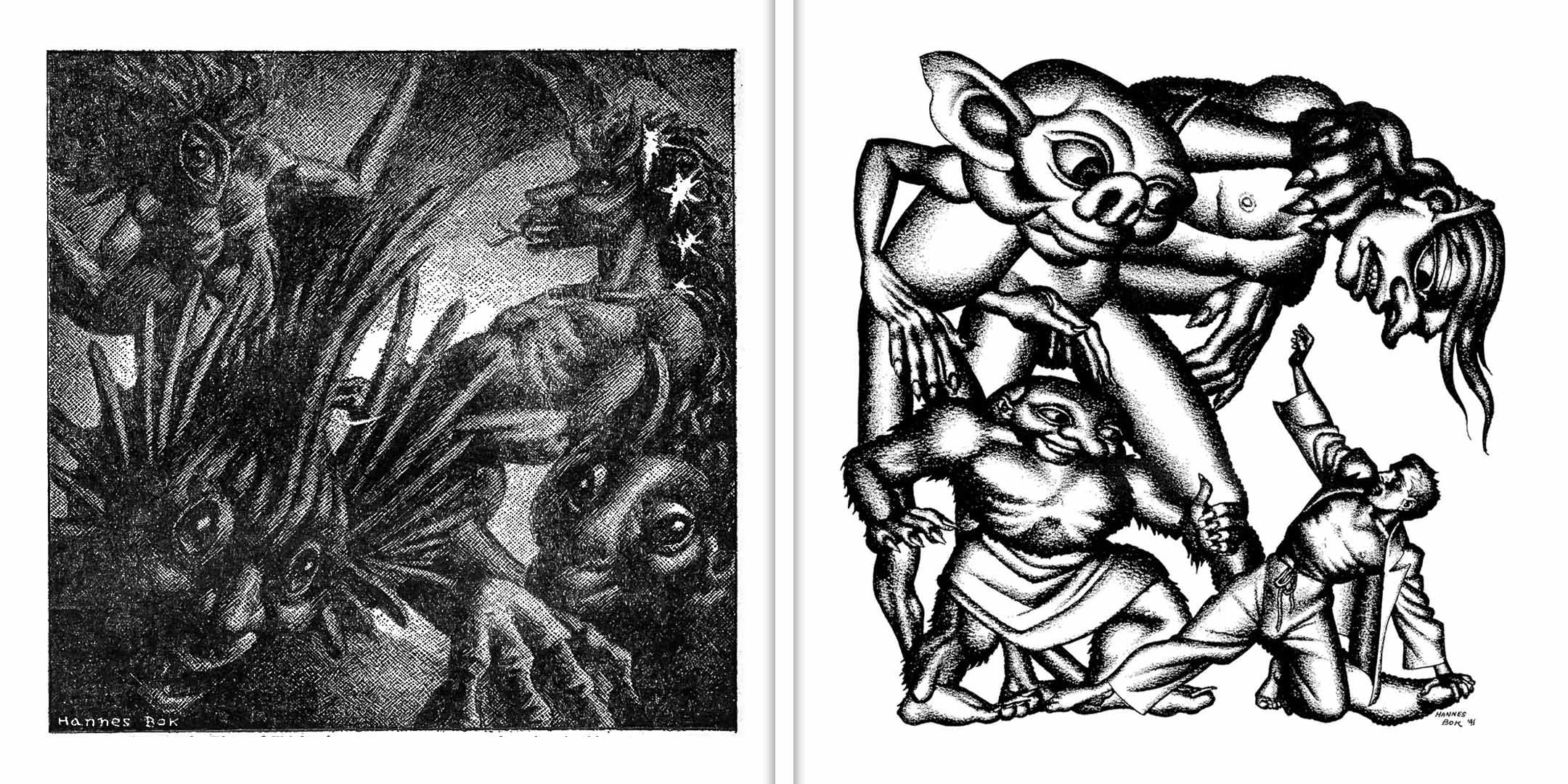
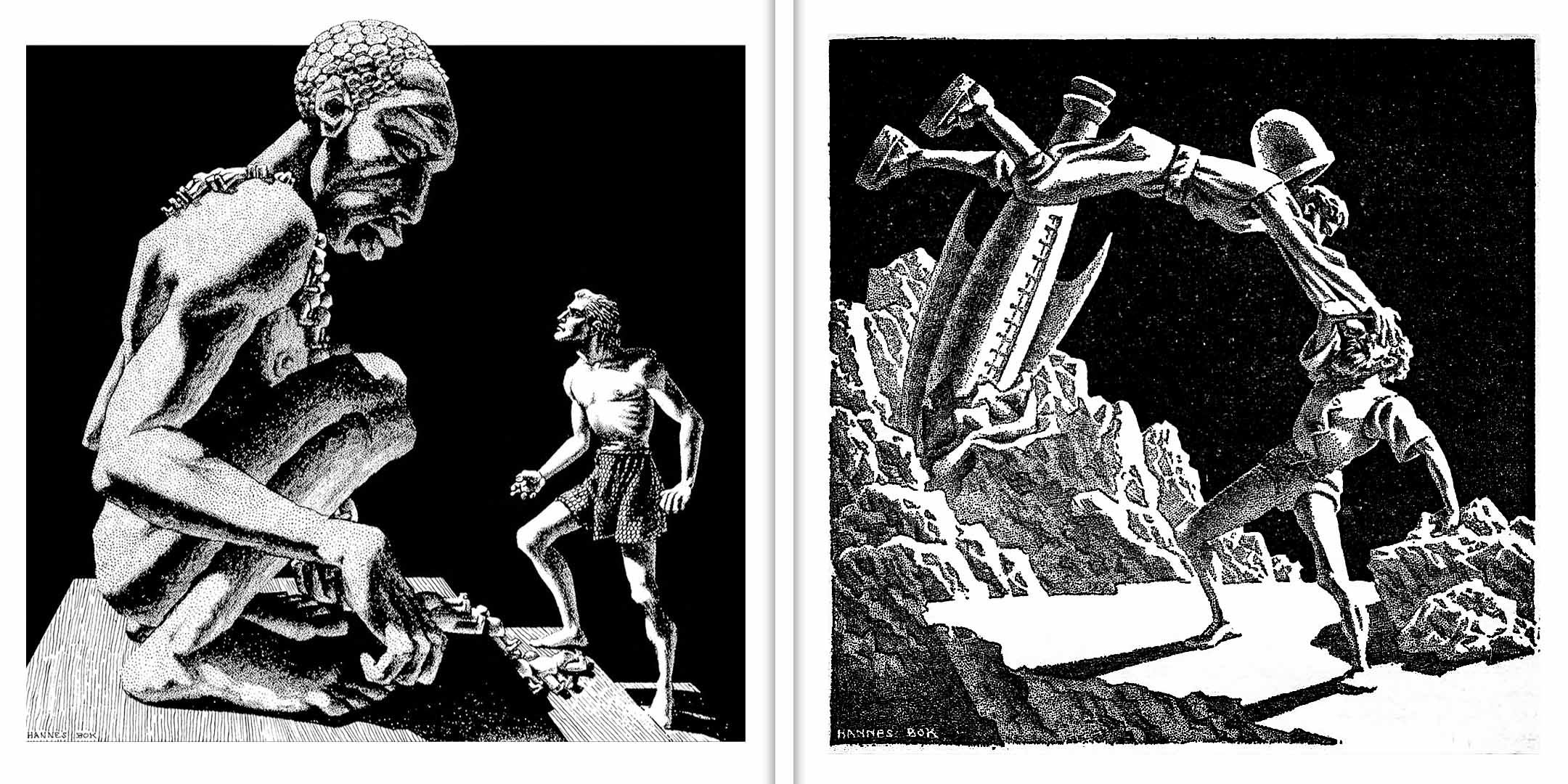
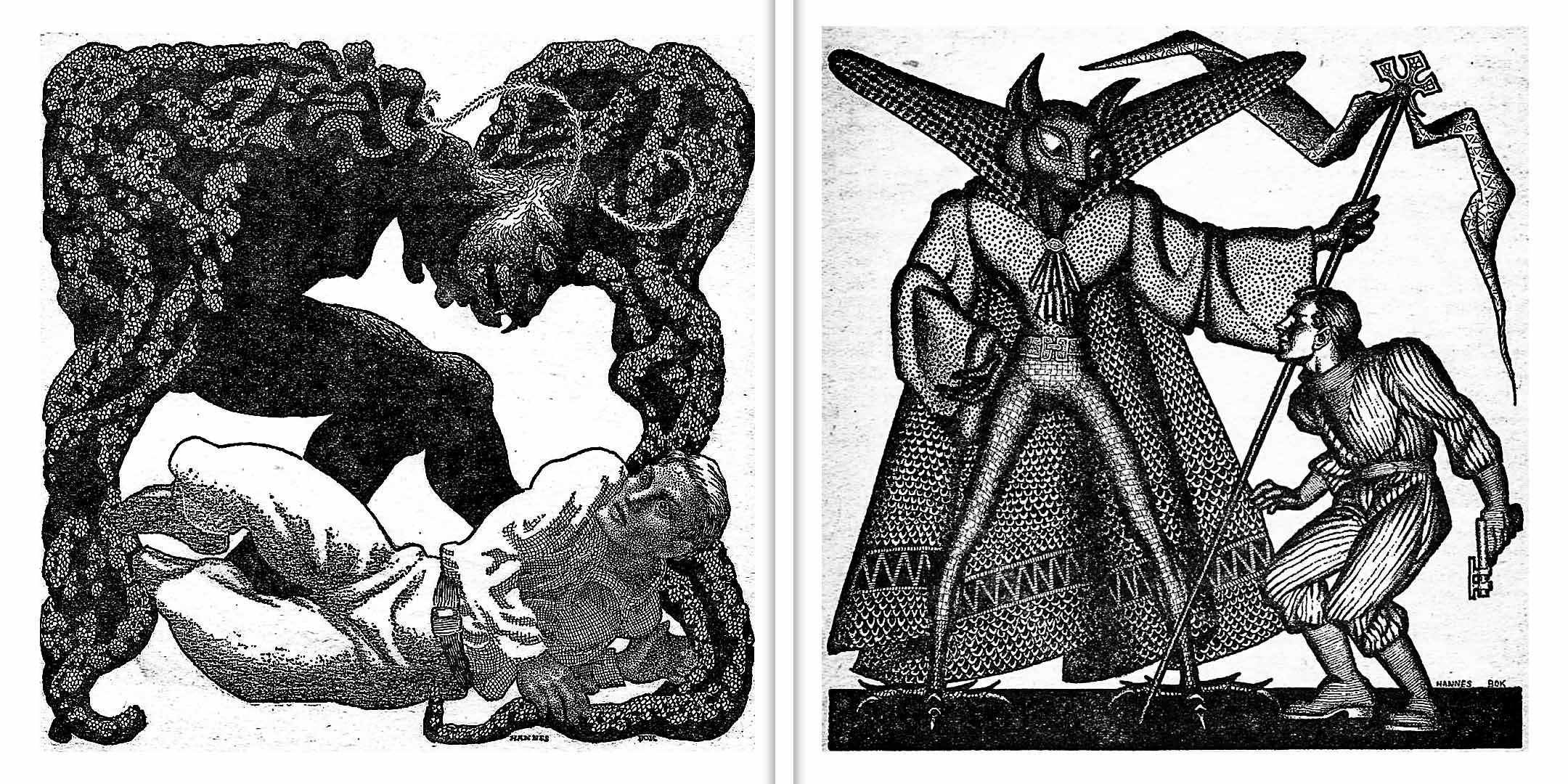
Though his art depicted radiant worlds, Hannes spent his final years in poverty and obscurity.
-
Yes! He wrote short stories, novels, and poetry. His fiction is known for being lush and surreal.
-
Partly due to his early death and reclusive nature, but he's increasingly recognized as a visionary.
-
Check out the following links:
-
While Bok never publicly discussed his sexuality, many biographers and contemporaries have suggested that he was likely gay. His reserved nature and close friendships with male writers, combined with the introspective and otherworldly qualities of his art, have led scholars to interpret his life and work through a queer lens.
-
Hannes Bok’s real name was Wayne Francis Woodard. He changed his name in homage to Johann Sebastian Bach.
“I can never die... I’m going to haunt the world for a thousand years!”
– Hannes Bok


